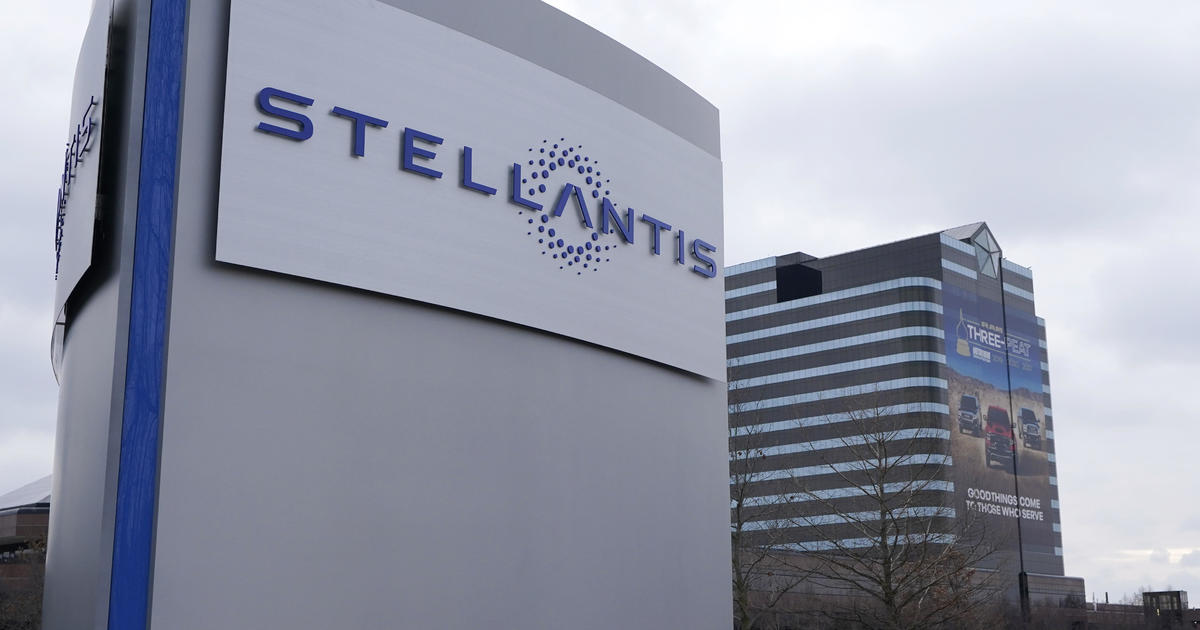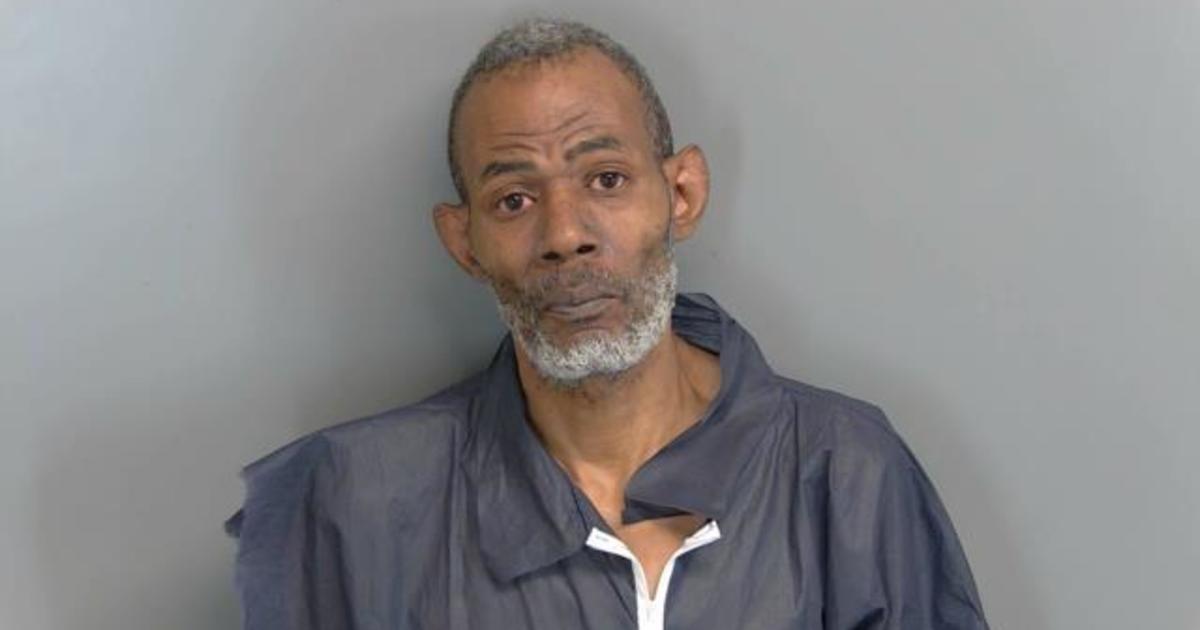Patent Reform OK, But Local Experts Say No Relief For Patent Examiners
A flood of new patent applications and overworked, inexperienced patent examiners is tempering the optimism about the U.S. Patent and Trademark Office following Friday's signing of patent office reform, the America Invents Act, by President Obama.
That's the word from Mike Gzybowski and Brad Smith, attorneys with the Ann Arbor office of Brinks Hofer Gilson & Lione, one of the largest intellectual property law firms in the United States.
Gzybowski and Smith say they have closely reviewed USPTO staffing levels and the results are sobering.
Patent filings have nearly tripled since 1990 and in an increasingly global economy, the U.S. market is highly coveted, leading to yet more filings and exacerbating the patent backlog, which currently stands at an all time high of approximately 35 months. The USPTO has hired thousands of patent examiners in recent years to process the flood of applications, yet the backlog continues to grow and the flood of new examiners creates a host of other problems, according to Brinks' attorney Gzybowski, who worked at the USPTO as a patent examiner from 1983 to 1988.
"Since 2003, the number of examiners has increased from about 4,000 to nearly 7,000 and the USPTO's new facility in Virginia, which houses more than 4,000 examiners, is swollen to capacity," explains Gzybowski. "To accommodate the overcrowding, the USPTO allows experienced examiners to work at home. With fewer experienced examiners physically present, newer examiners lack access to mentors, further straining the USPTO's already limited examiner training programs."
The problem is not a lack of money, according to Brinks' attorney Smith.
"Unlike other federal agencies, the patent office supports itself and collects more in user fees than Congress allows it to expend, but it struggles with a continuing diversion of fees for government spending elsewhere," says Smith. "Not only is this effectively a stealth tax on innovation, but earlier this year diversions forced USPTO chief David Kappos to suspend all new hiring, eliminate all overtime, stop all non-mandatory examiner training, and postpone opening any regional patent examination offices. These actions have contributed to further delays in examination and disposition of patent applications."
The patent reform bill will create a new dedicated reserve fund which will receive fees received in excess of the PTO's spending budget, which is set by Congress. But Smith is skeptical.
"The reserve fund is basically an accounting entry where the PTO is lending its unspent money to the U.S. Treasury," Smith said. "Congressional appropriators can allow the PTO to use the money, or they could spend it on other unrelated programs. This isn't much different from the current situation of fee diversions and likely won't help the staffing situation."
Gzybowski says examiner attrition is also impacting pendency and examination quality.
"The shift to a newer, less experienced examining corps has had little effect on pendency but has substantially impacted the quality of examination, given the dearth of institutional knowledge available," Gzybowski said. "Since 2000, the number of examiners has risen faster than the number of applications, but the number of applications filed per examiner has declined significantly and the backlog of applications per examiner has only moderated slightly since 2006."
Gzybowski's comments are supported by a comprehensive study performed in 2007 by the U.S. Government Accountability Office, which concluded that 33 percent of new examiners leave the USPTO within one year of being hired and nearly 70 percent of patent examiners leave within five years. The same study also reported that examiners require four to six years of on-the-job experience before they become fully proficient in conducting patent application reviews.
Gzybowski offers a further troubling reality: a significant number of examiners who were hired and trained after 1981 as part of a successful initiative to significantly reduce pendency by 1989 are retiring or will soon be eligible for early retirement.
"The examiners refer to this group as the "core" group of examiners – those who spent twenty-plus years in the USPTO as examiners and have the vast majority of experience,:" Gzybowski said. "As the core group of examiners retires, there will be even fewer mentors available, and likely continuing problems with morale as the inexperienced and often under-trained examiners struggle to address the ever-growing backlog."
Brinks Hofer Gilson & Lione has 150 attorneys, scientific advisors and patent agents who specialize in intellectual property litigation and all aspects of patent, trademark and copyright law.
More at www.usebrinks.com.



